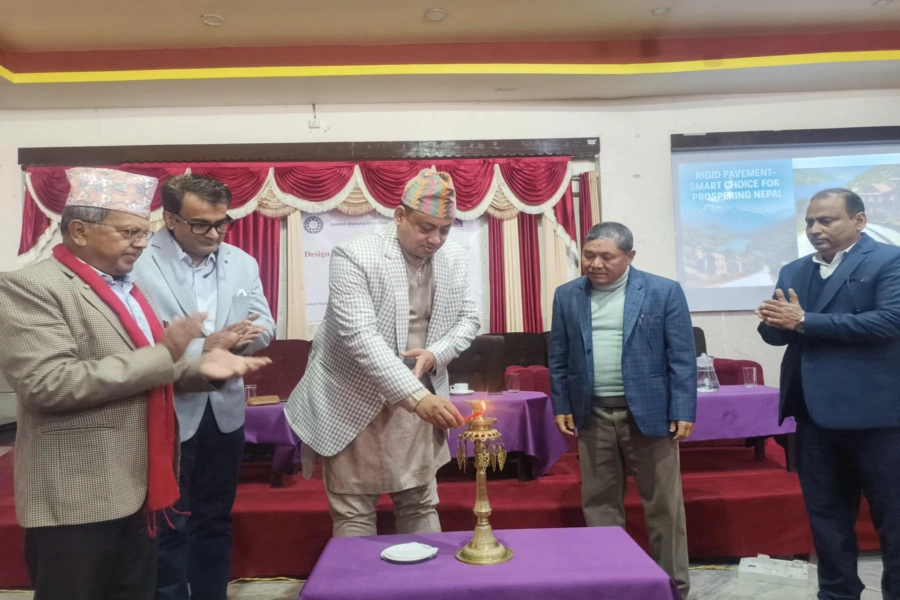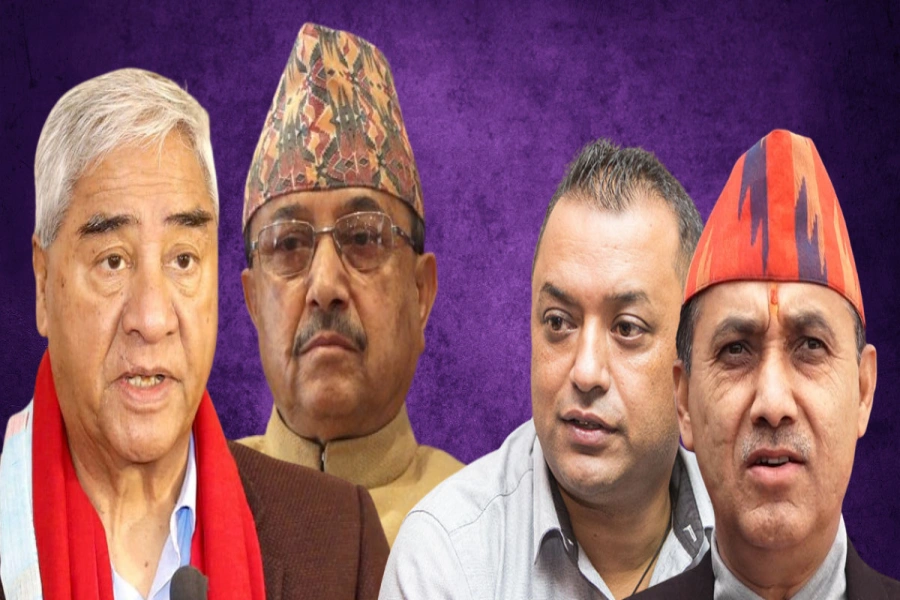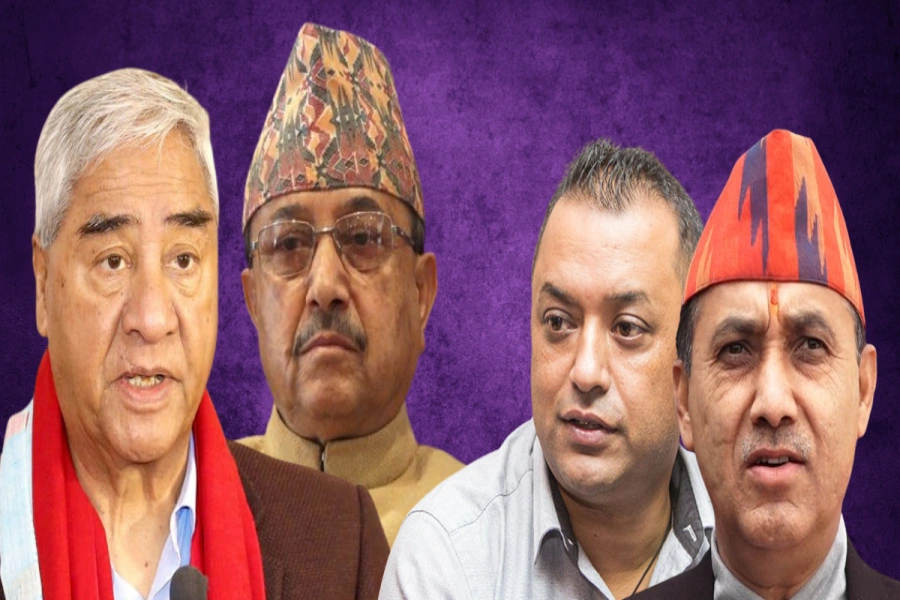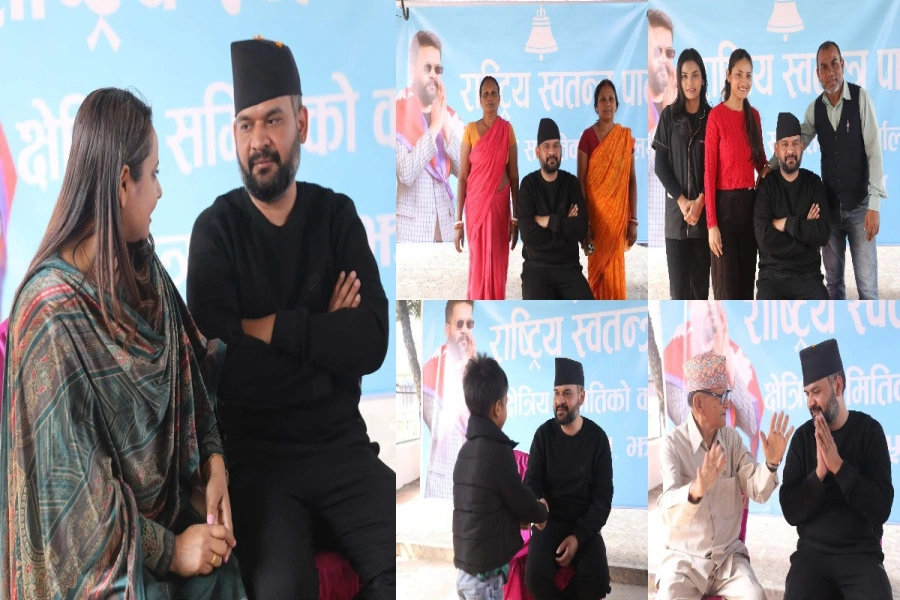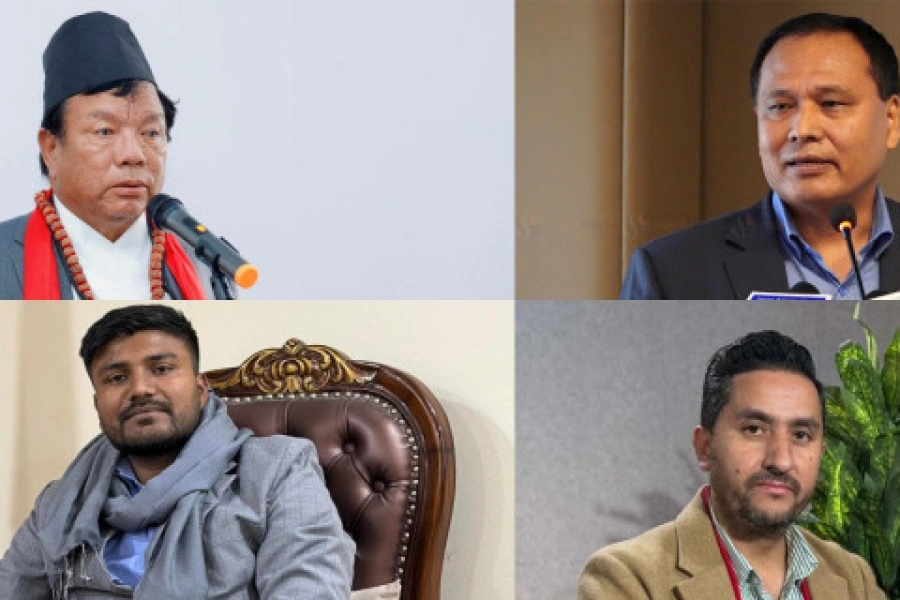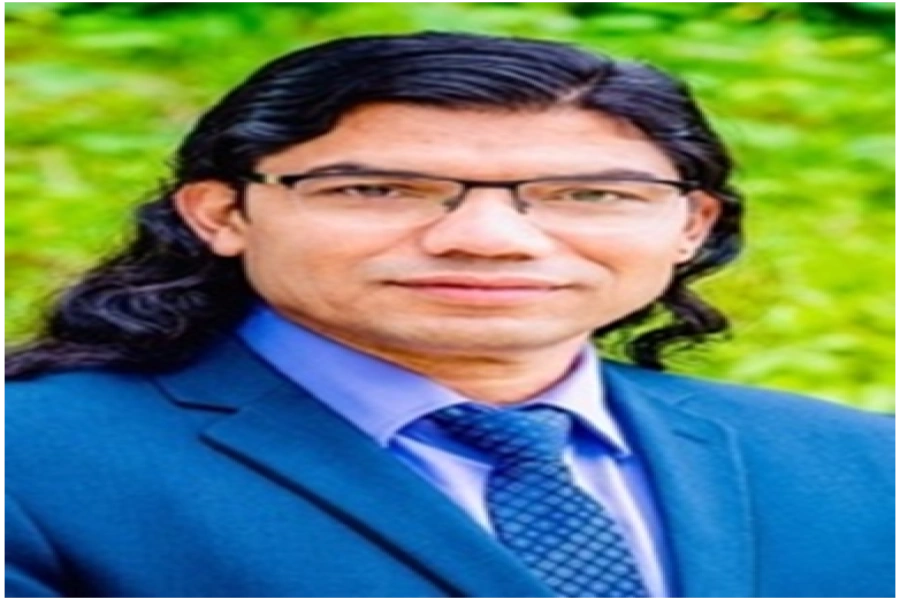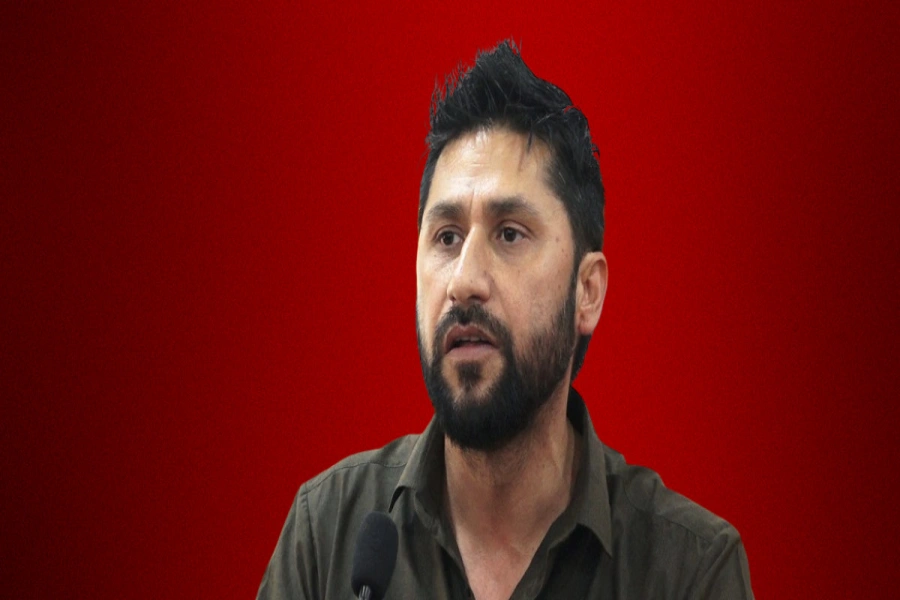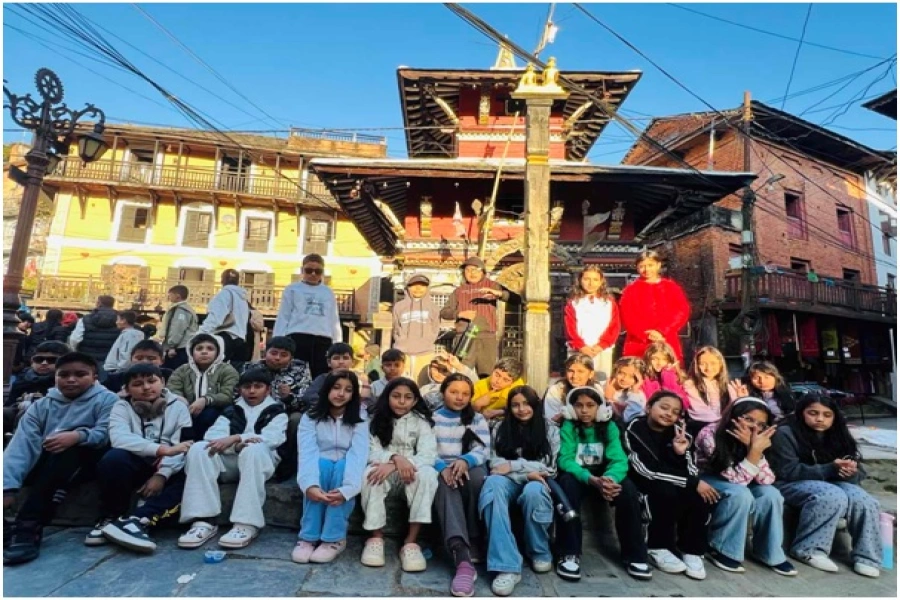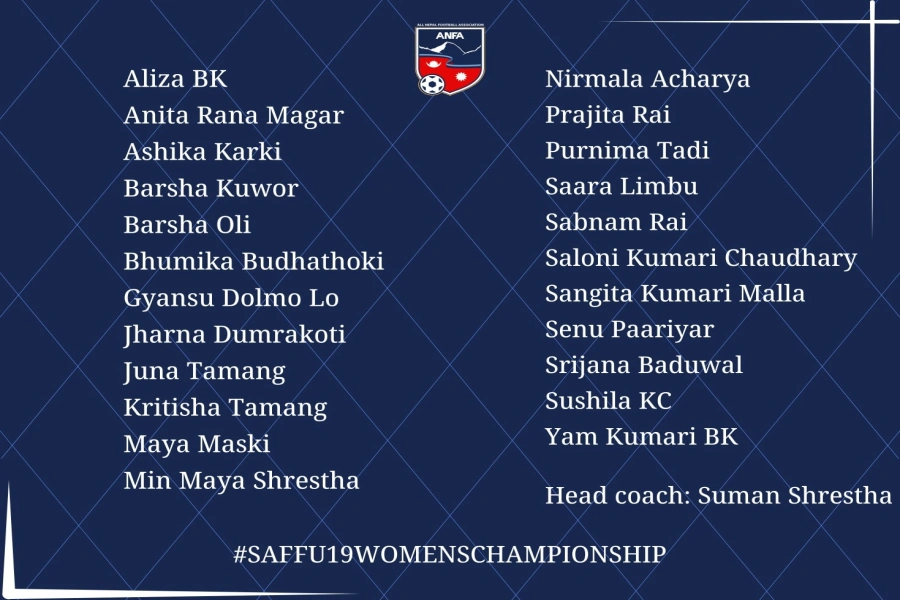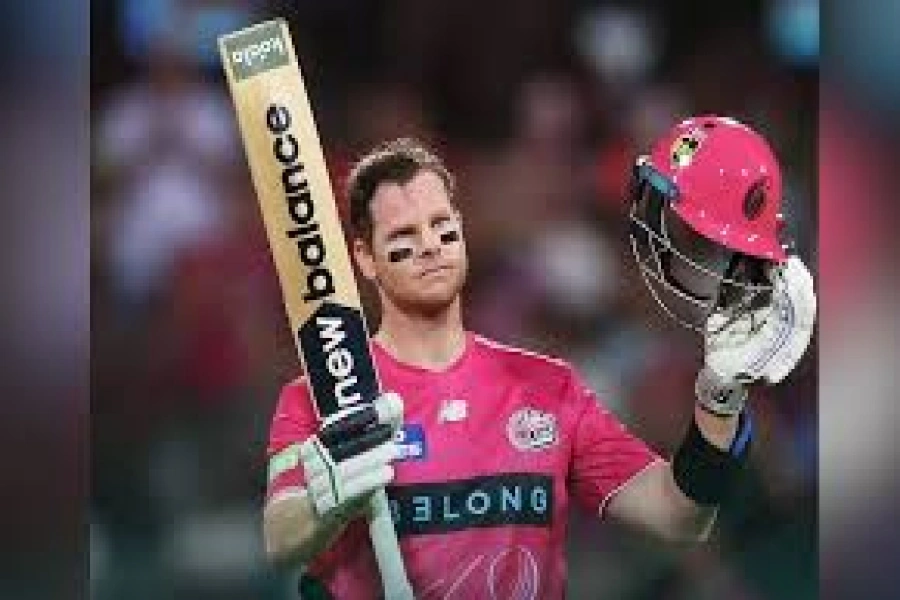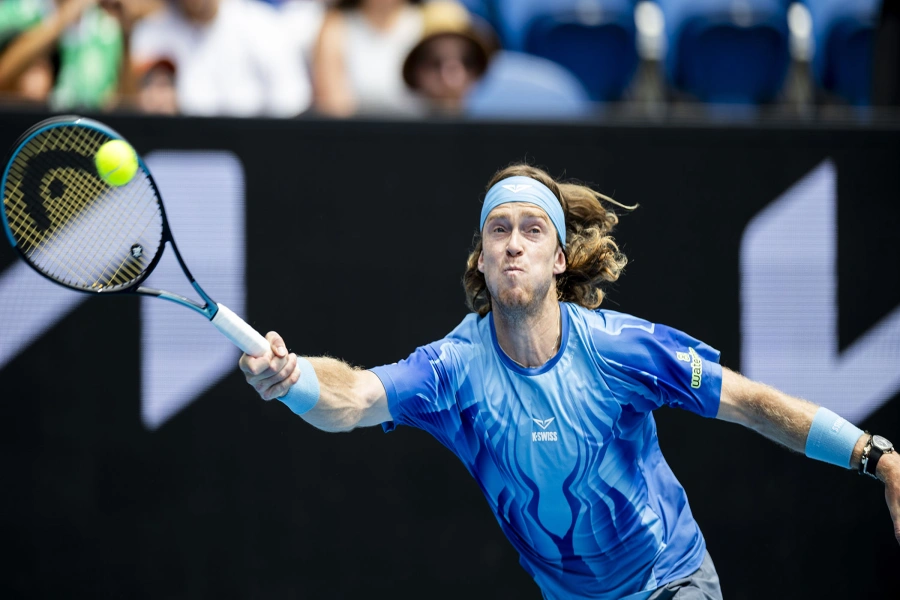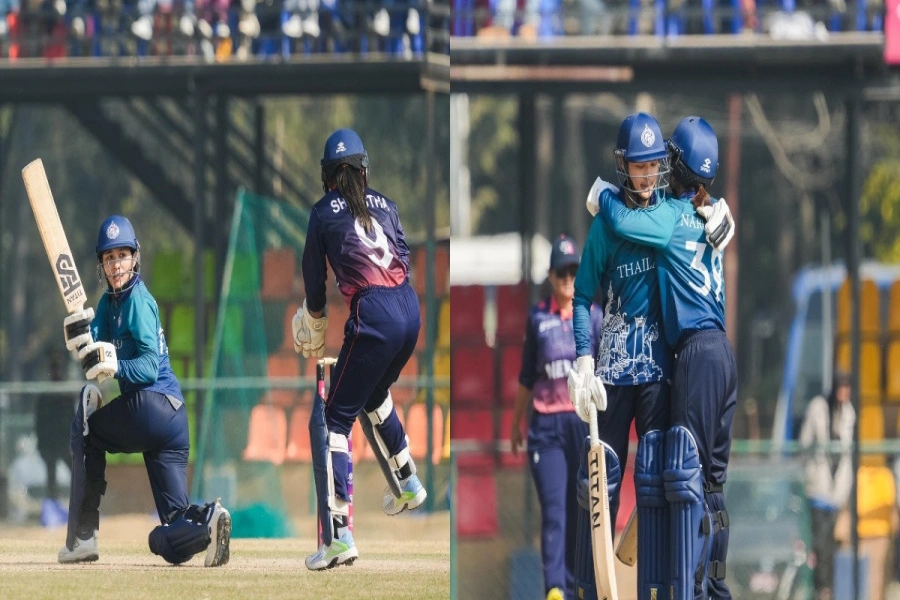Parents need to take some time out and discuss about Dashain in detail with their children. It is a good idea to start with the first day of Dashain
Dashain is almost here. Even the mornings look like Dashain. Looking around the market place, you see people gearing up to celebrate it with much fanfare. Each year it is bigger and better than the previous year. People look forward to the long bida (vacation) after a whole year of hard work. Bida is especially exciting for the children. They can go after their passion for linge ping (traditional swing built with bamboos during Dashain) and also chasing kites after changachet (falling of a kite after a kite fight). I am sure you are remembering your childhood of running after a fallen kite, eyes fixed at it regardless of where you are going. Not even considering the maize field or the wet paddy field. I am sure you too got a nice yelling from your mom for getting all your clothes muddy. You got yelled for not just that, but also for staying too close to the place they were erecting the linge ping. Your mom had instructions for you to stay away from the place they were erecting the linge ping but you forgot all about it in your enthusiasm to see how it is made. I can feel some of you smiling. I am sure you too have yelled at your children for standing too close to the site of linge ping construction.
I don’t blame you for yelling at your children for standing too close to the construction site. Children as such are curious. They are eager to have the ping ready for them to use as soon as possible because swinging is so much fun. They don’t understand that it is a time consuming task because all safety features are to be considered while building the ping. For children this waiting time feels like ages. When it is finally erected, it is the beginning of Dashain for them. Of course there is the charm of shopping for new clothes and everyone is excited about it regardless of whether it is children, teenagers or adults. This shopping continues even till the day before tika. The other most important part is buying khasi (goat).
Educate your children
After all the preparation, Dashain is at the doorstep. Phulpati and all government offices close. Everyone get busy with playing cards and munching on fried khasikomasu (goat meat). Everyone has been so busy about everything else, no one bothered to tell the children about the significance of Dashain. When asked, parents must have just told them that Dashain is the celebration of victory of good over evil. That’s about it. I think parents need to take some time out and discuss about Dashain in detail with their children. I know some of you are thinking where do we start. It is a good idea to start at the beginning: the first day of Dashain.
The first day of Dashain is on pratipada (day after the no-moon day). It is called Ghatasthapana. It is the first day of VijayaDashami. Ghata means “pot or vessel” and sthapana means “to establish”. Combining both words the literal meaning is to establish a pot. This is also when Nava Durga starts. We also plant barley seeds for Jamara (the yellow stems that grow in darkness for ten days). During the nine days we worship the nine forms of Maa Durga. They are Shailaputri, Brahmacharini, Chandraghanta, Kushmanda, Skandamata, Katyayani, Kalaratri, Mahagauri and Siddhidatri. The tenth day is Vijaya Dashami or the Tika. Maa Durga is worshipped with lots of fanfare.
Reading Between the Lines of Why Bharat Matters

Children have seen pictures and idols of Maa Durga, but they don’t know that Maa Durga is also known as Shakti or Devi. I am sure parents will tell their children that she is the most revered deity in Hindu mythology. I bet parents know the story of Mahishasur. It is said, she was created to kill the demon Mahishasur. She is also the protector of good and harmony in the world. Ask your children if they know the meaning of Durga. If not tell them that in Sanskrit, Durga means “a fort” or “a place which is difficult to win”. The name Durga is given to the goddess because of her protective and combative nature. Also ask your children if they have noticed that Maa Durga also has three eyes.
Tell them that like Shiva, Maa Durga is known as “Triyambake”, which means, she is the three-eyed goddess. All the three eyes have great significance. The left eye represents desire, the right eye represents action and the central eye represents knowledge. Your children will find all this very amazing. Tell further about Maa Durga’s ride: the lion. Explain to them that it symbolizes her unlimited power and determination. It also highlights her mastery over all these qualities.
It is said she has the power to beat ego, jealousy and hatred. These days people have started preparing idols of Maa Durga for Dashain. These idols are beautiful. They are placed under nice pandals where people come and worship her. We all go and visit different pandals to see different representations of Maa Durga. Make a point of taking your children around to visit different pandals to pay their tributes to Maa Durga.
While visiting pandals ask them to count Maa Durga’s arms. Yes she has 10 arms that are believed to protect us from all directions. Have them notice the arm right in front that has a Trishul (Trident) stuck on Mahisashur’s chest. It symbolizes inactivity (Satva), the energy associated with ambitions (Rajas) and non-activity at all (Tamas). Maa Durga is said to remove all these miseries and help an individual establish physical, mental and spiritual peace. At this point it might be a good idea to tell your children about Maa Durga’s different avatars ( incarnation). Yes, she does have several avatars. Some we know, some we have heard of. They are Kali, Bhagvati, Bhavani, Ambika, Lalita, Gauri, Kandalini, Java and Rajeswari. While you are at it, you might as well tell them that she is also considered the mother of universe.
It might be interesting for your children to know that the Shakti form of Maa Durga is considered as the mother of the universe, while Purusha (Lord Shiva) is the father. It is also believed Maa Durga is the other half of Shiva; he is the form, and she is the expression. Having described all about Maa Durga, I am sure your children will have a good time visualizing her powers when they stand in front of Maa Durga’s idol come Dashain.
The last day of Nava Ratri is tika, with children all excited about receiving Daxina (money as blessings) from the elders. At the end of the day you will find children in a huddle counting their Daxina and making plans on how to spend it too. Some older ones might even run off to play Langurburja.
If not available then the next best option is to play Taas or head to the movie hall with friends to watch the popular movie playing there. The next day everything ends that’s the sad part.
And the end
For me the saddest part is when we start removing the remains of Dashain from our homes. For children it is a rude awakening because all of a sudden they are reminded of the homework that they had neglected so far. Changing gears from fun to studies is very difficult for them. It is up to the parents to help with this transition.
Talking about our festivals to our young ones is an important part of parenting. They have the right to know about our culture and our guiding principles. I consider it a responsibility of parents to do that. I am sure living up to that responsibility is not very difficult. Parents, go give it a shot this Dashain.
Pokharel is an educationist and author of several children’s books
usha@pokharel.net





-1768986629.webp)
